The young American women in this story who provide its name are a rock ’n’ roll band of friends and sisters, and along with bringing jokes and snowball fights to their new home, they say what’s on their minds. That’s in stark contrast to what the English do, which is, as Guy perfectly puts it: “We English have a cup of tea, and then we keep it to ourselves.” Indeed, the English of “The Buccaneers” well know how to control the game—the men are aware of the advantage they have in courtship, and their parents can affirm their smugness by seeing these young women as unfit in one way or another of marrying into their family legacies and wealth. The women are here because they think it’ll be the adventure of their lives, but they don’t know exactly what they’re getting themselves into. These women will face stories of shame, ugly moments that will make them feel small, and they will decide what they can muster when their spirit is at stake.
The most gripping passages of “The Buccaneers” make you worried about these progressive minds becoming enmeshed in a society that threatens to eat them alive, or worse, losing themselves to a kind of power and status that doesn’t serve them. We get a stateside portrayal of this from Christina Hendricks, who plays Nan’s quietly defeated mother, Mrs. St. George. She also dreams of being accepted by members of high society and already has her own superficial marriage, though one she is afraid of escaping. That unease that makes “The Buccaneers” intriguing most of all, with so much happiness at stake. The series goes the way of “Bridgerton” and sidesteps tensions about race in this period, but other conflicts are vivid—class, status, and, in the case of Honoria (Mia Threapleton) and Mabel’s (Josie Totah) hidden affections, sexuality. You care for all these hopeful lovers—even though the series can spread itself too thin with how many problems they have each—and you believe this show is more about critiquing its indulgences than uplifting them.

The eight-episode season is wisely scripted as a series of gatherings, with each episode revolving around a different decadent occasion. Initially, it’s Conchitta’s wedding and a debutante ball in the pilot, which becomes our introduction to the mechanical nature of this world. Later gatherings involve a party in the country, an elegant Christmas Eve, and, later, another wedding, albeit without the excitement of Conchitta’s.
With direction by Charlotte Regan, Richard Senior, and Susanne White, “The Buccaneers” gets its most style from its production design, including the costumes and sets that provide intoxicating authenticity for such a project. The wooden floors are extra creaky in the sound mix, and the gowns sponsor a color palette seemingly borrowed from the Apple TV+ musical series “Schmigadoon!”. Every now and then, the camera will go extra wide, more or less, to show off the sets or the scenery, which can be more impressive than the overall cinematography. But the show does try: There’s even a long one-shot moment at a ball Mrs. St. George hosts that doesn’t gather the wonder it desires so much as make the camera spin and follow people through another fraught party.












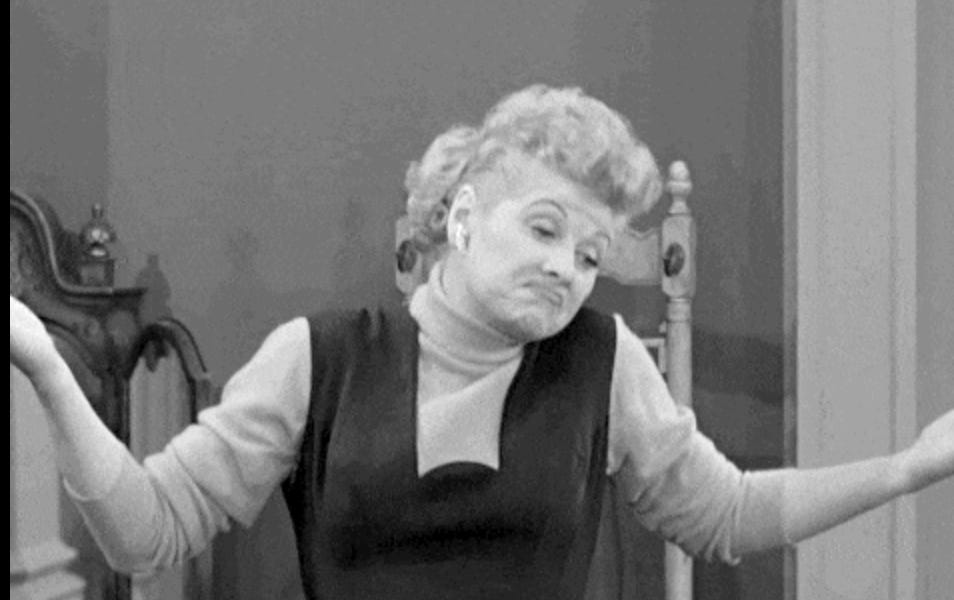












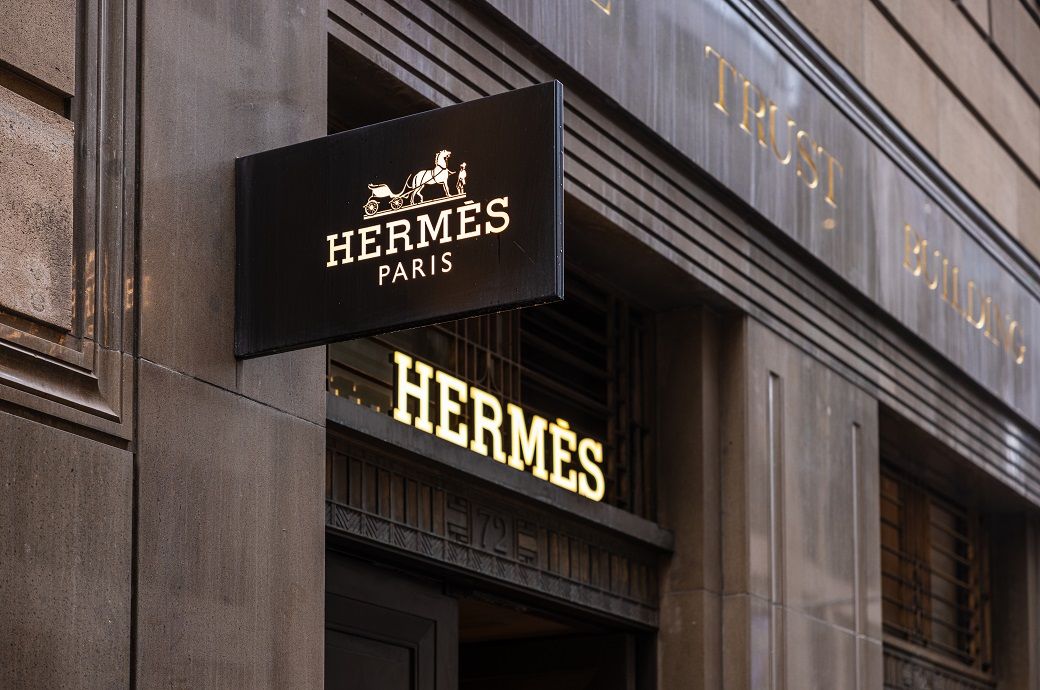
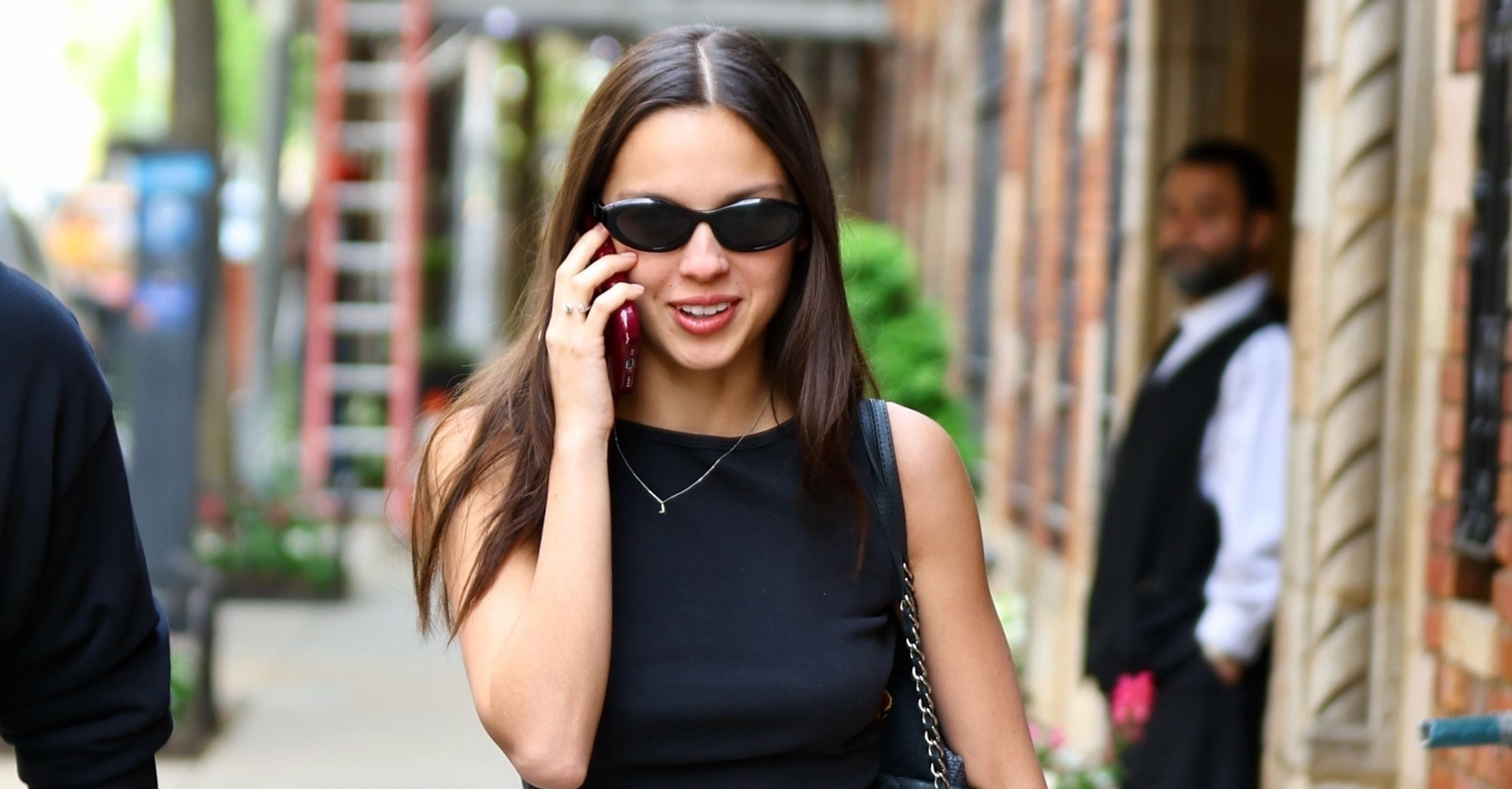



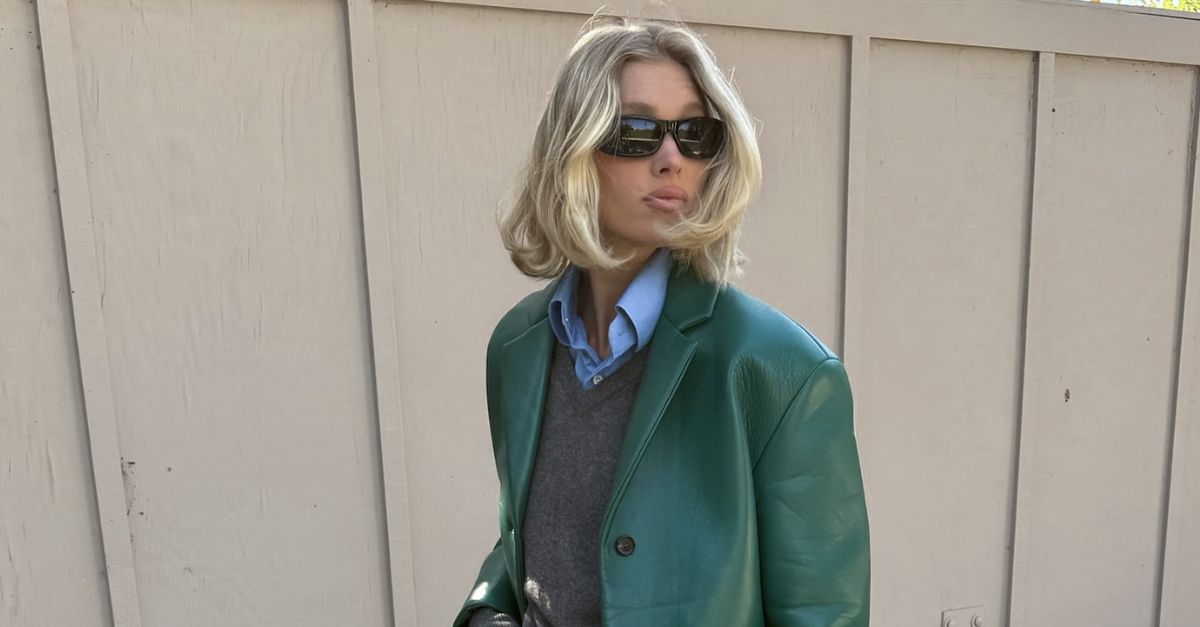






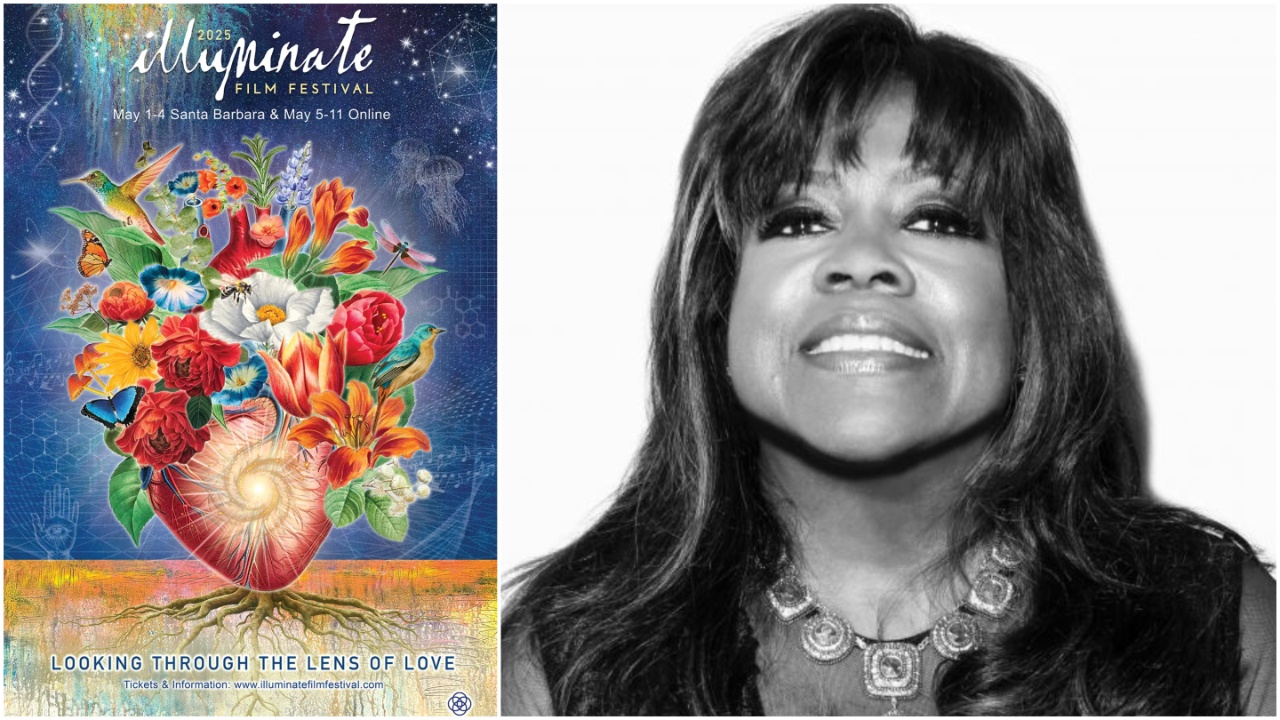

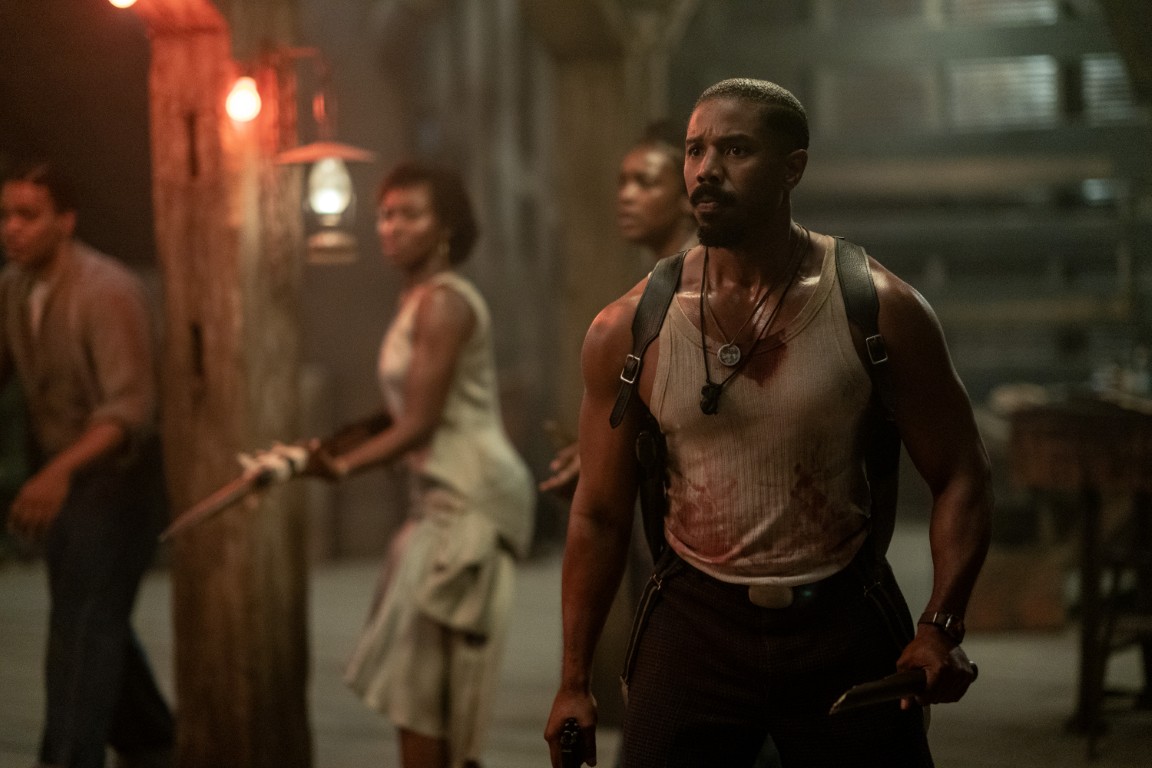

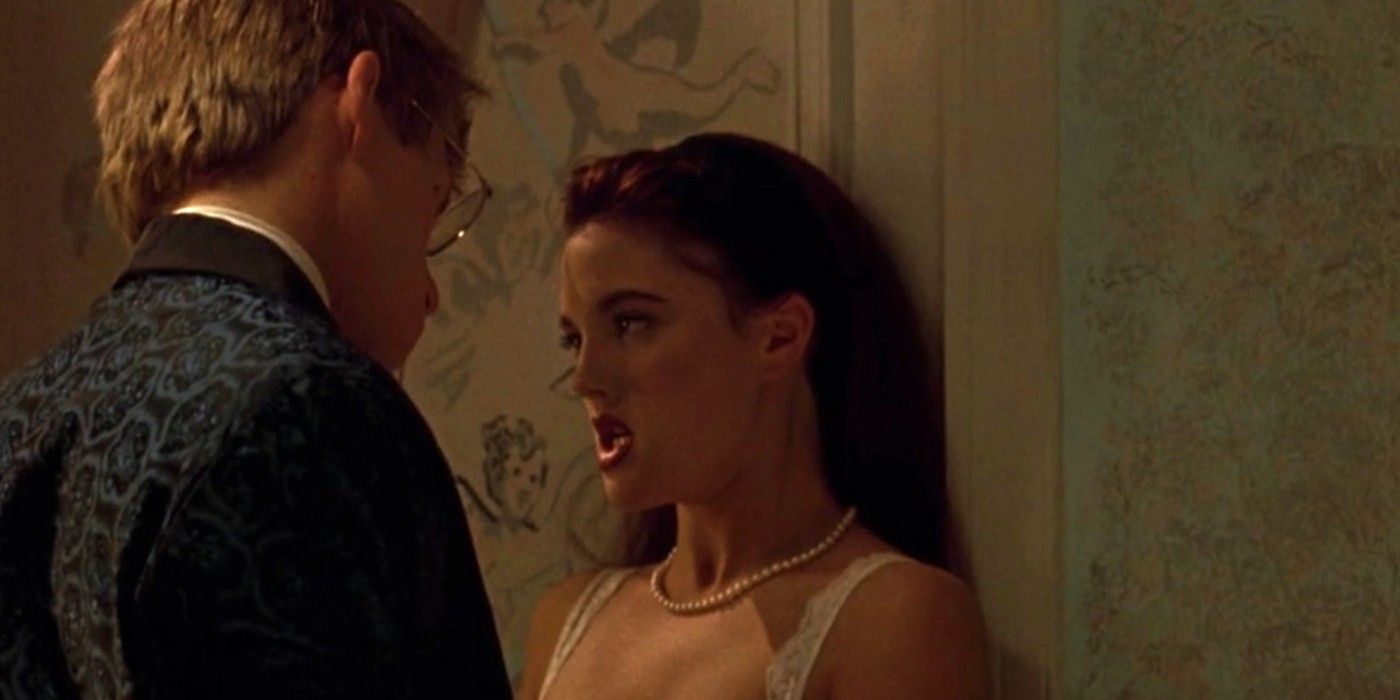
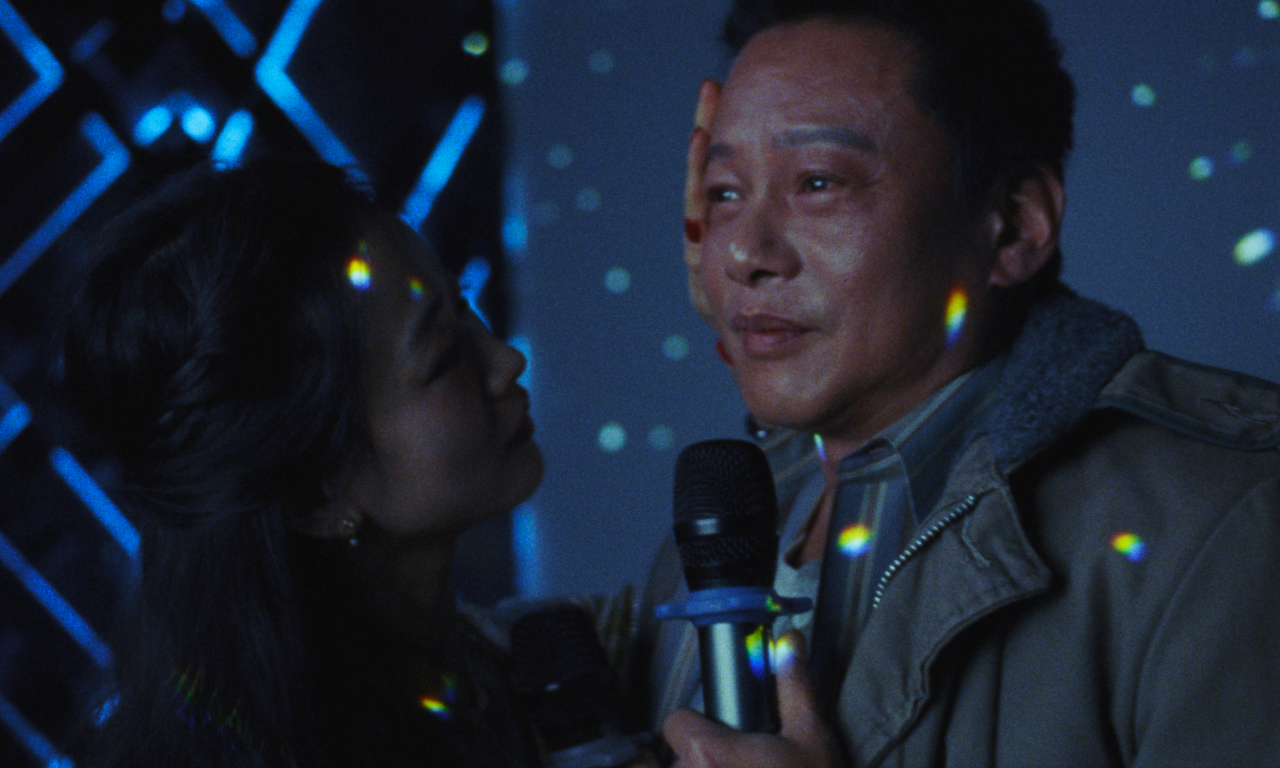





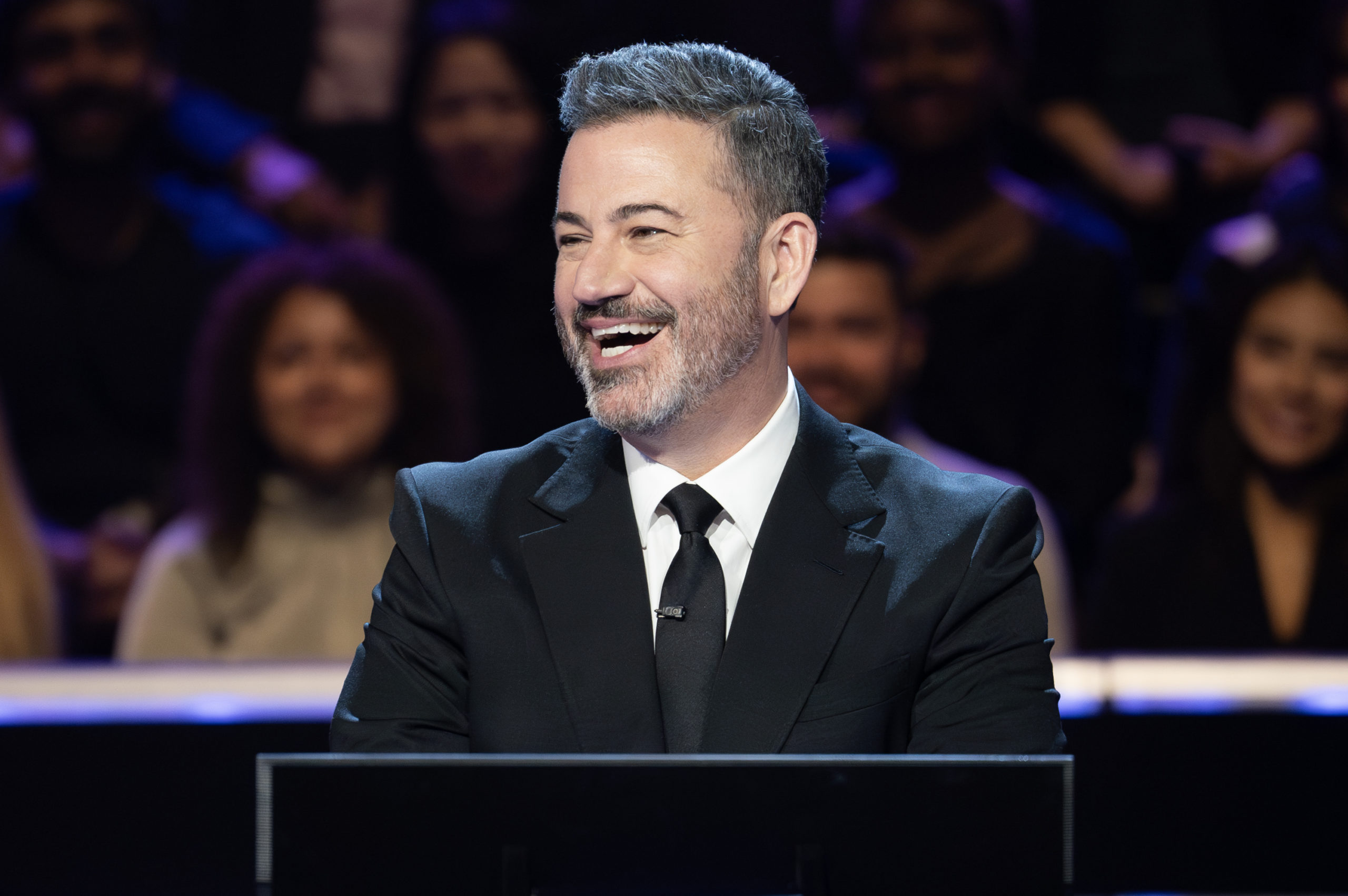









![How AI Use is Evolving Over Time [Infographic] How AI Use is Evolving Over Time [Infographic]](https://imgproxy.divecdn.com/YImJiiJ6E8mfDrbZ78ZFcZc03278v7-glxmQt_hx4hI/g:ce/rs:fit:770:435/Z3M6Ly9kaXZlc2l0ZS1zdG9yYWdlL2RpdmVpbWFnZS9ob3dfcGVvcGxlX3VzZV9BSV8xLnBuZw==.webp)










